Saul Bass: A Life in Film & Design
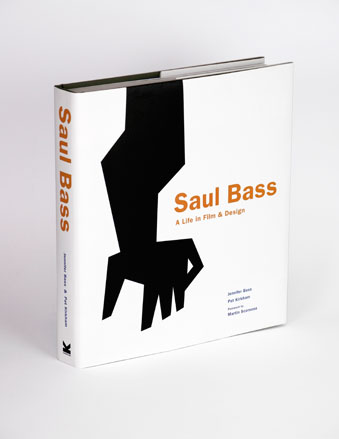
There is no single word to sum up the work of graphic designer Saul Bass, who so succinctly defined entire movies with just one image. Luckily, there are now 440 pages to do the talking in Laurence King's long-awaited book, Saul Bass: A Life in Film & Design.
Of course, this new tome has its fair share of images too, more than a thousand of them, in fact: old photographs, product labels and movie posters in that unmistakably jerky style. Equally resonant are the stills of Bass's now mythical film title sequences. Remember the fruit machines at the start of Ocean's Eleven, illustrated with hundreds of dots like Vegas neon? Ever see Anatomy of a Murder, with that staccato Duke Ellington score synched to graphic body fragments on the pavement? Classic Saul Bass. As is, perhaps, his most famous work, from Vertigo (a sequence unambiguously referenced in 2007, when the TV series Mad Men debuted its titles, featuring another faceless, falling man).
You see tributes to the graphic designer everywhere. Yet this book is the definitive homage, discerningly and lovingly edited by his daughter Jennifer Bass, now a designer herself, with a foreword by Martin Scorsese, who collaborated with him on Goodfellas, Cape Fear and other films. Just thinking of those titles makes you want to hide beneath the covers. Such was the power of Bass's visuals. Perhaps you could call him the Man with the Golden Arm, after the Otto Preminger film whose titles he designed. After all, nearly everything he touched turned to cinema gold.
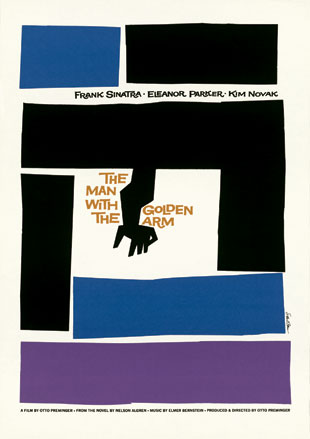
Poster for The Man With The Golden Arm, directed by Otto Preminger, 1955
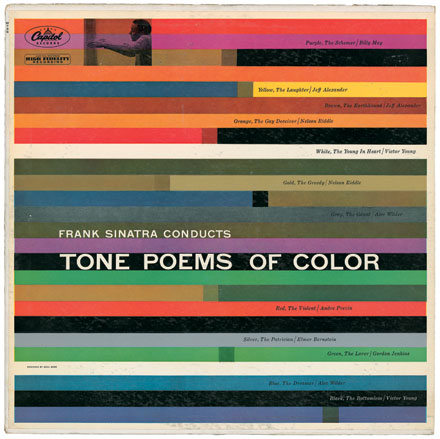
Tone Poems of Color album cover, 1956
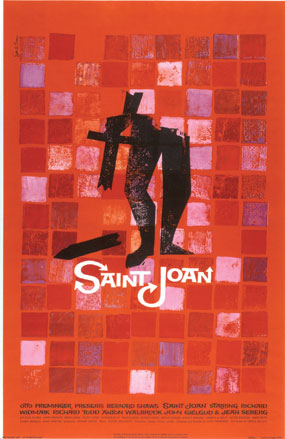
Poster for Saint Joan, directed by Otto Preminger, 1957
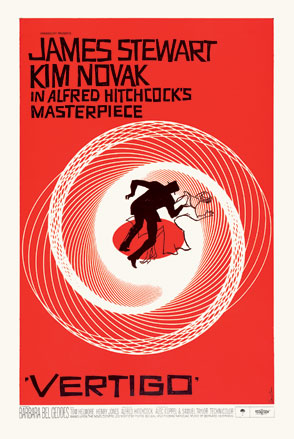
Poster for 'Vertigo', directed by Alfred Hitchcock, 1958
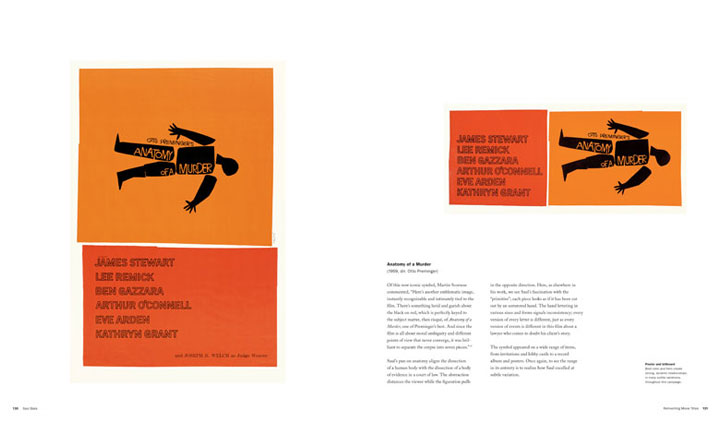
A spread from the chapter on Anatomy of a Murder, directed by Otto Preminger, 1958
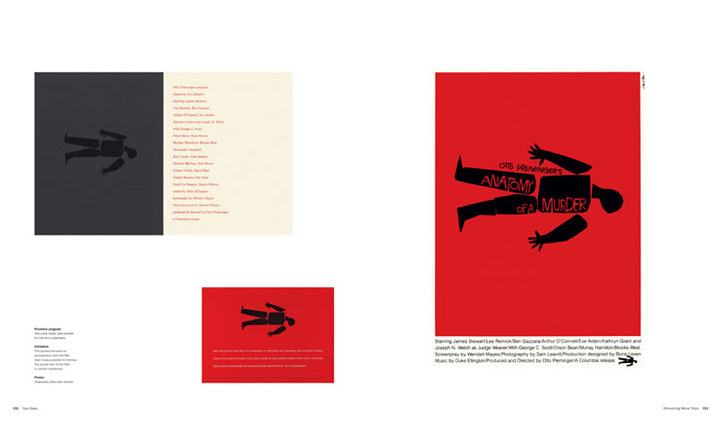
The symbol of the male figure became so synonymous with the film that it was possible to remove the text for programmes and invitations altogether
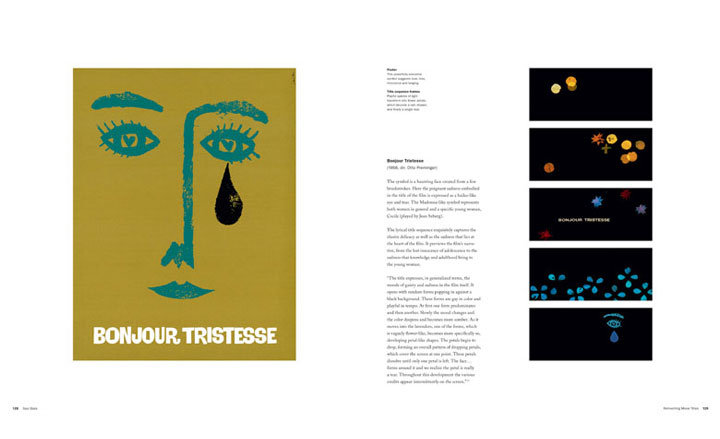
A spread from the chapter on Bonjour Tristesse, directed by Otto Preminger, 1958
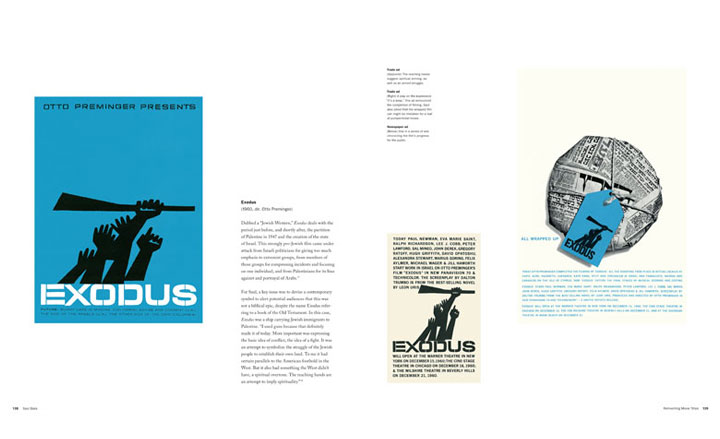
A spread from the chapter on Exodus, directed by Otto Preminger, 1960
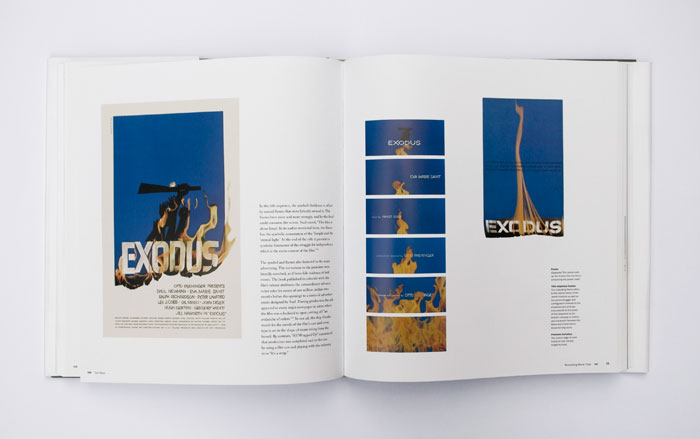
A spread showing the scorched invitations to the Exodus premier
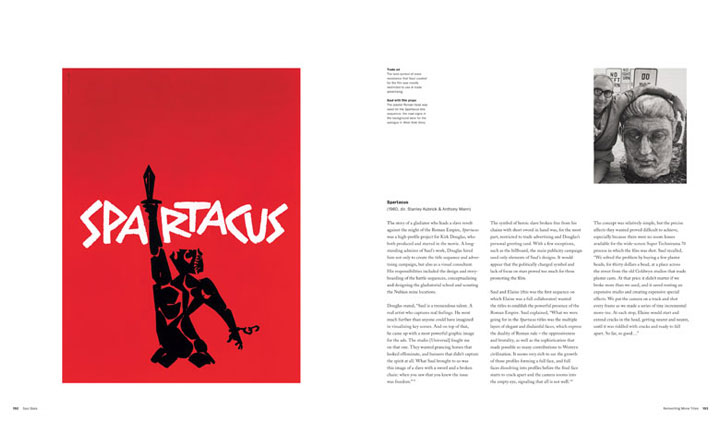
A spread from the chapter on Spartacus, directed by Stanley Kubrick & Anthony Mann, 1960
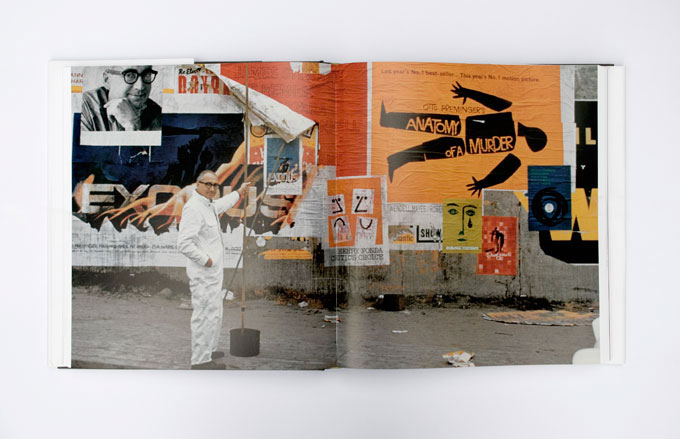
A spread showing Bass as a 'bill poster' for an article in Show Business Illustrated, 1962
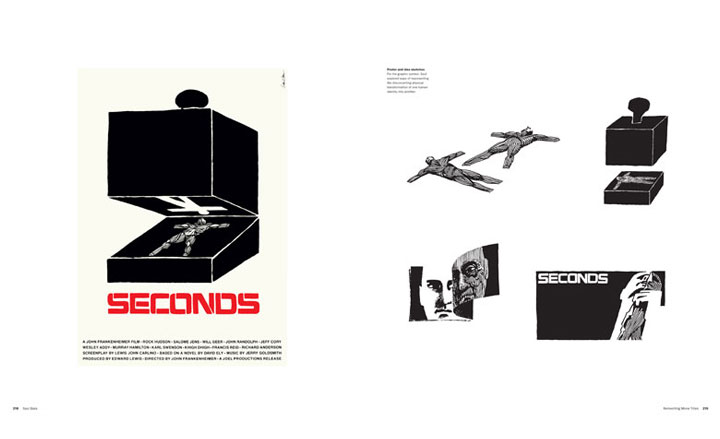
A spread with the poster and idea sketches from the chapter on Seconds, directed by John Frankenheimer, 1966
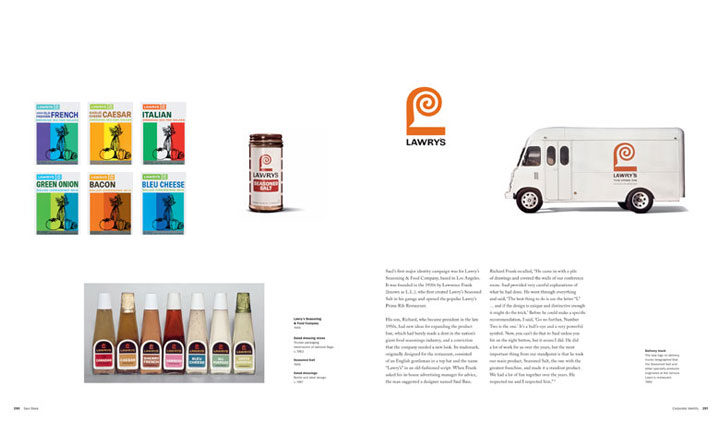
A spread from the chapter on Lawry's Seasoning & Food Company, Saul's first major identity campaign, 1950s and 1960s
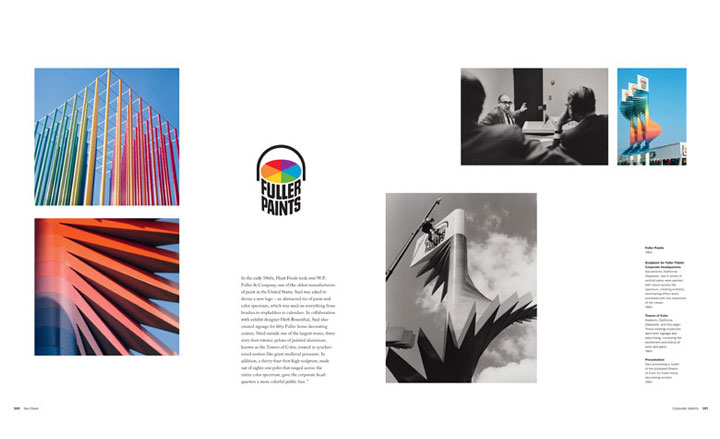
A spread from the chapter on Hunt Foods after it took over W.P. Fuller & Company and asked Saul to devise a new logo, 1960s
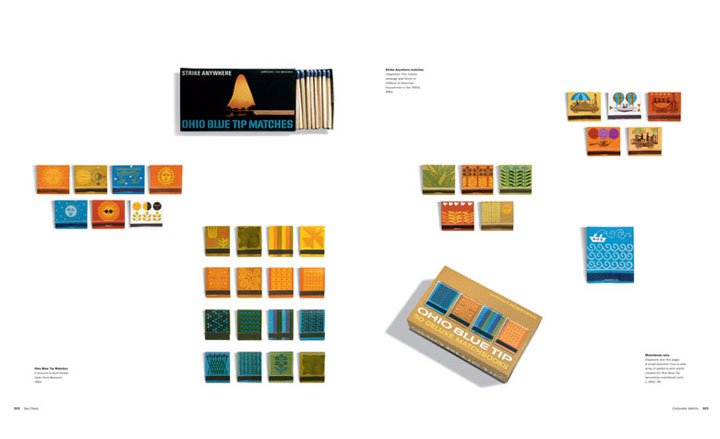
A spread on a selection of designs for Ohio Blue Tip Matches - a division of Hunt Foods, c. 1963-65
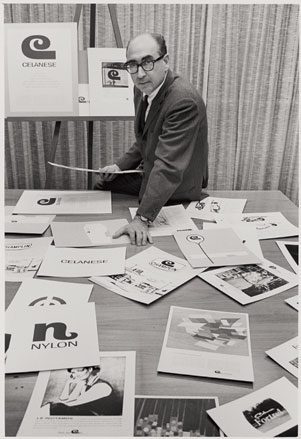
Saul with some of the work produced during the identity design process of Celanese Corporation of America, 1965
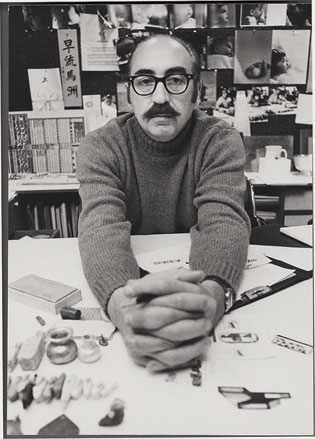
Saul in his office, 1970s
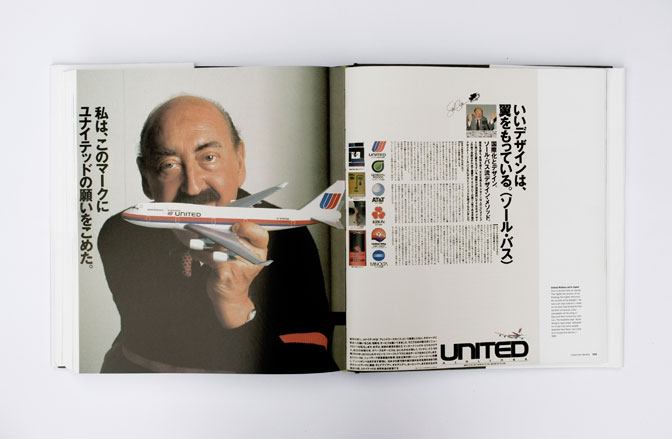
A spread of from the chapter on United Airlines advertisements, 1989
Receive our daily digest of inspiration, escapism and design stories from around the world direct to your inbox.
Based in London, Ellen Himelfarb travels widely for her reports on architecture and design. Her words appear in The Times, The Telegraph, The World of Interiors, and The Globe and Mail in her native Canada. She has worked with Wallpaper* since 2006.
-
 New tech dedicated to home health, personal wellness and mapping your metrics
New tech dedicated to home health, personal wellness and mapping your metricsWe round up the latest offerings in the smart health scene, from trackers for every conceivable metric from sugar to sleep, through to therapeutic furniture and ultra intelligent toothbrushes
-
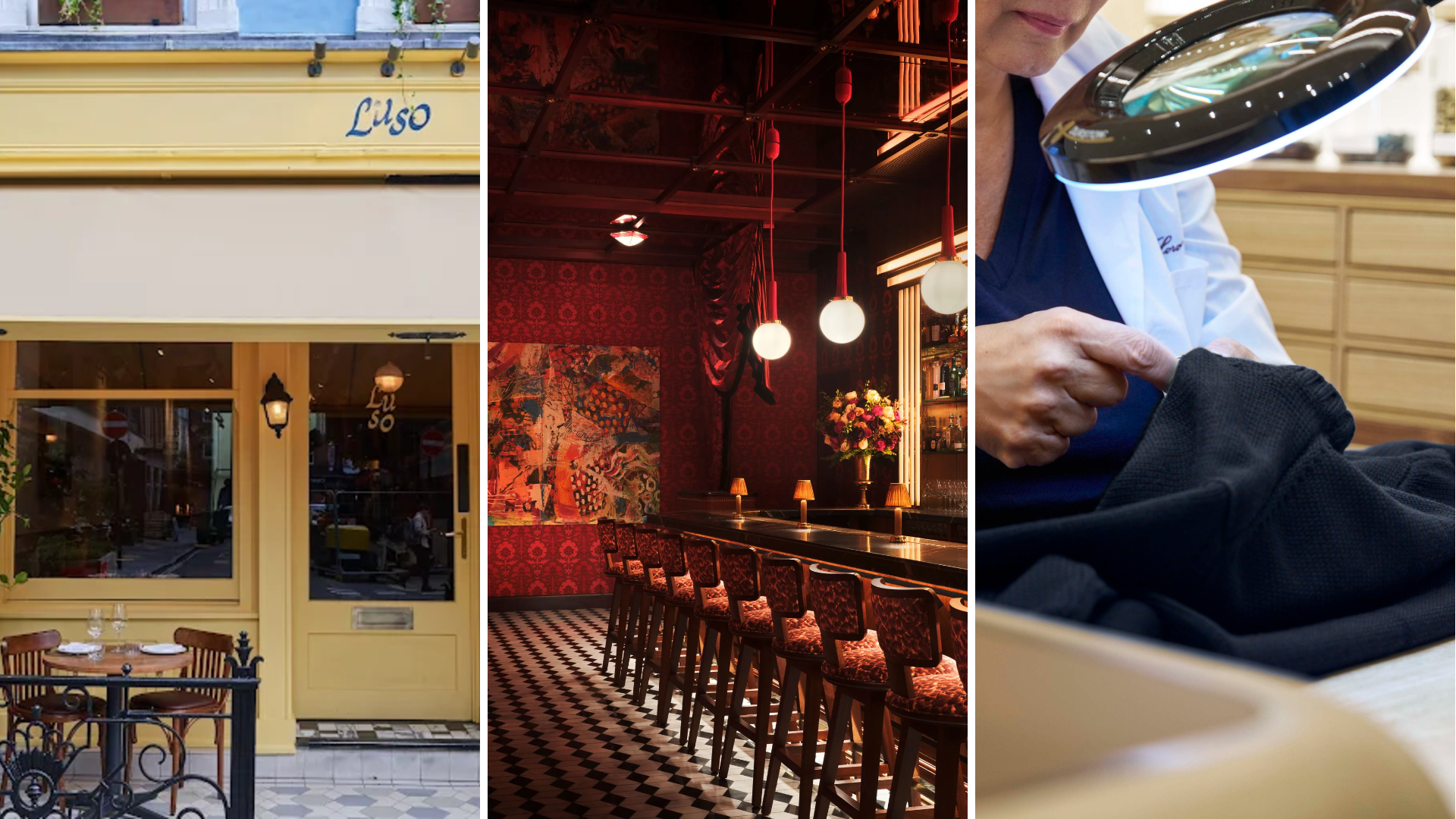 Out of office: The Wallpaper* editors’ picks of the week
Out of office: The Wallpaper* editors’ picks of the week'Tis the season for eating and drinking, and the Wallpaper* team embraced it wholeheartedly this week. Elsewhere: the best spot in Milan for clothing repairs and outdoor swimming in December
-
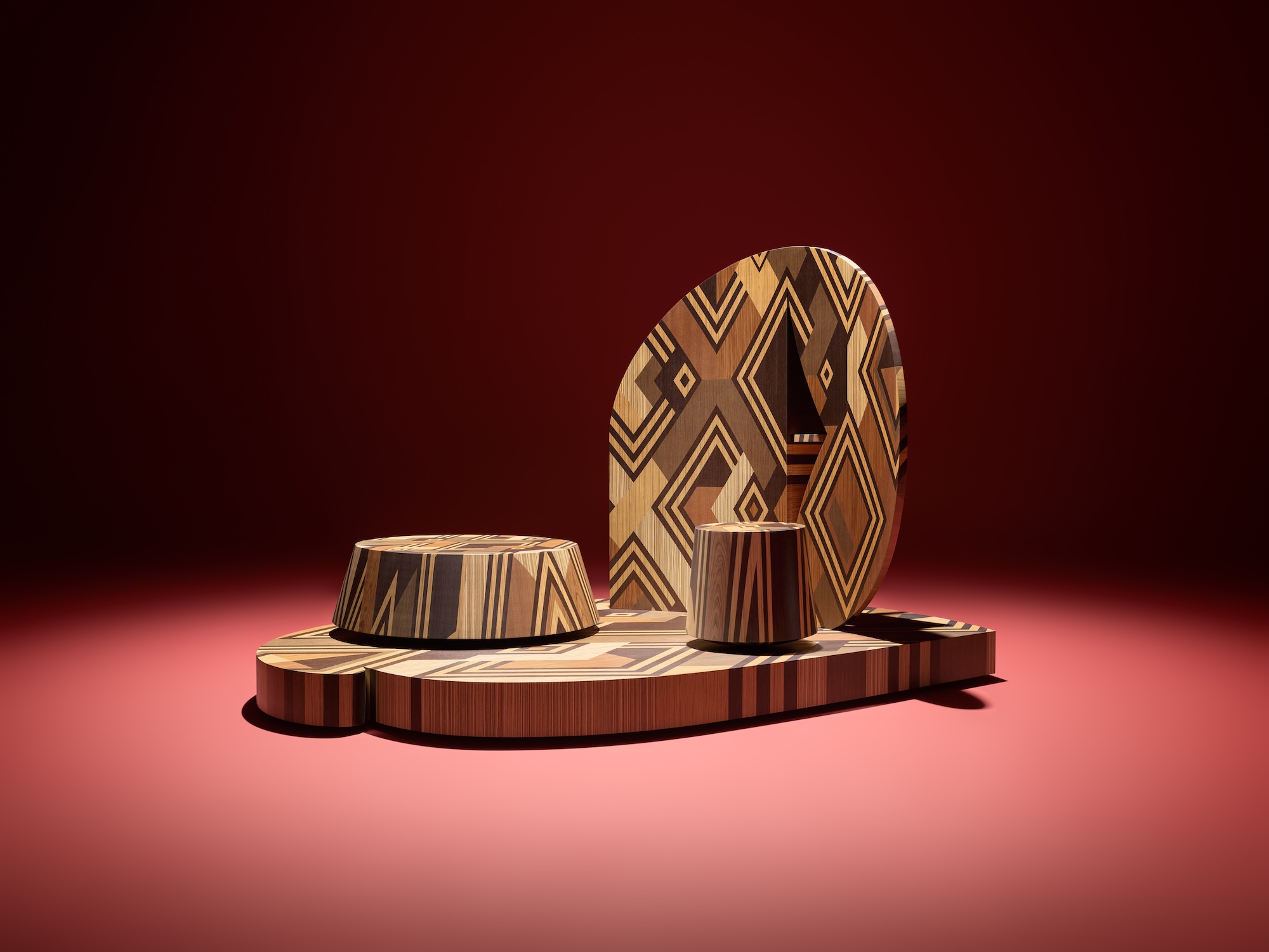 How Stephen Burks Man Made is bringing the story of a centuries-old African textile to an entirely new audience
How Stephen Burks Man Made is bringing the story of a centuries-old African textile to an entirely new audienceAfter researching the time-honoured craft of Kuba cloth, designers Stephen Burks and Malika Leiper have teamed up with Italian company Alpi on a dynamic new product
-
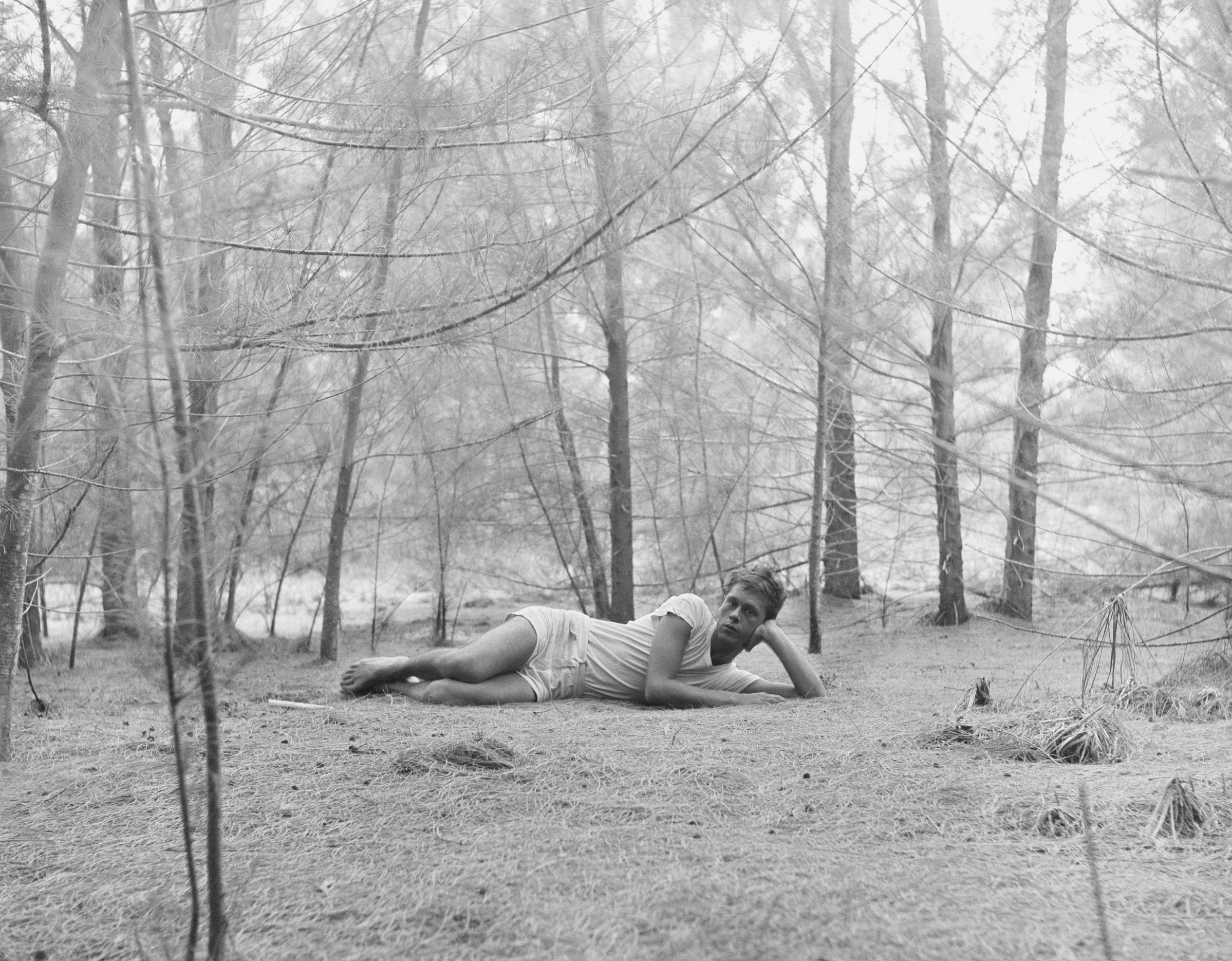 Inside the seductive and mischievous relationship between Paul Thek and Peter Hujar
Inside the seductive and mischievous relationship between Paul Thek and Peter HujarUntil now, little has been known about the deep friendship between artist Thek and photographer Hujar, something set to change with the release of their previously unpublished letters and photographs
-
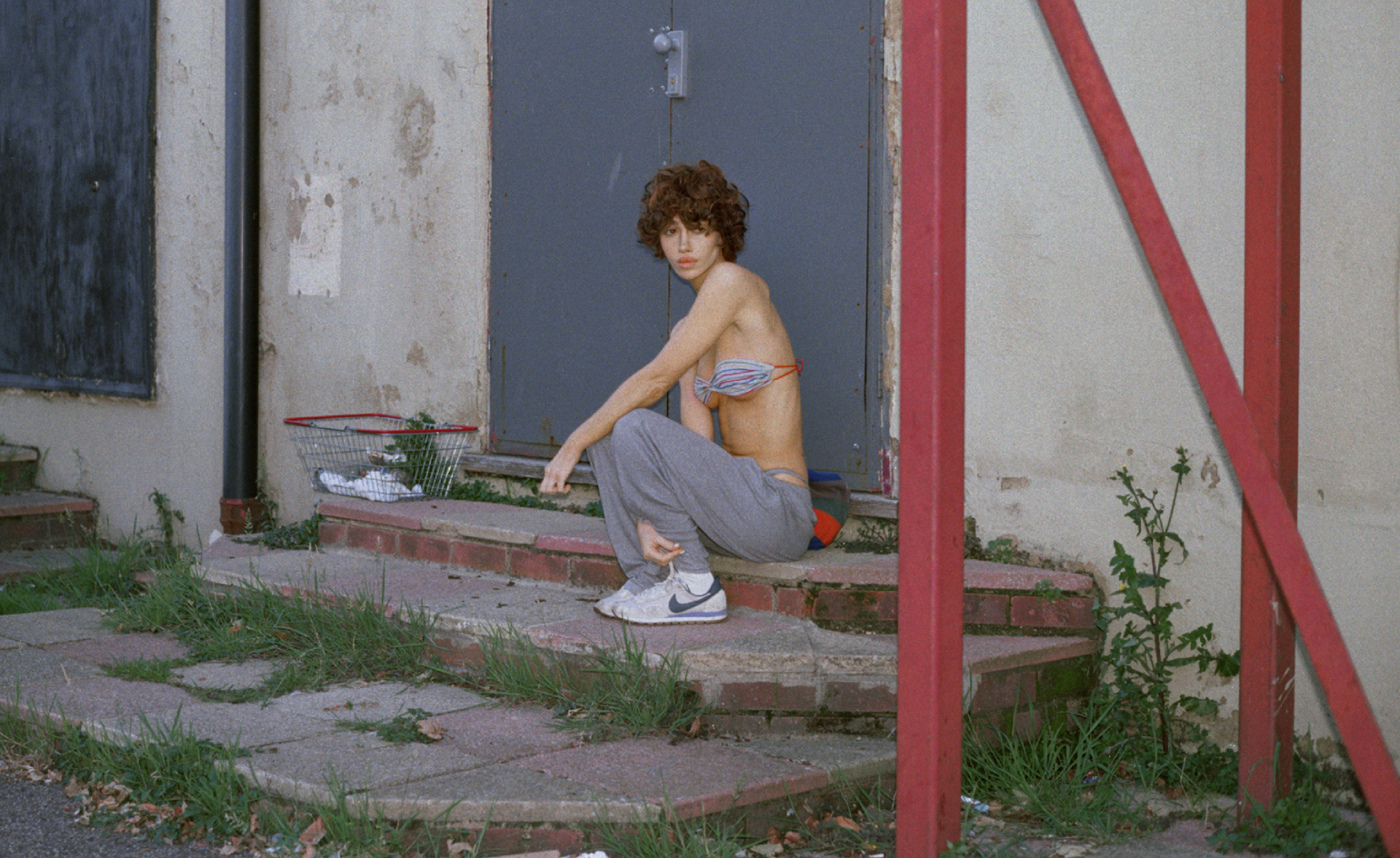 Nadia Lee Cohen distils a distant American memory into an unflinching new photo book
Nadia Lee Cohen distils a distant American memory into an unflinching new photo book‘Holy Ohio’ documents the British photographer and filmmaker’s personal journey as she reconnects with distant family and her earliest American memories
-
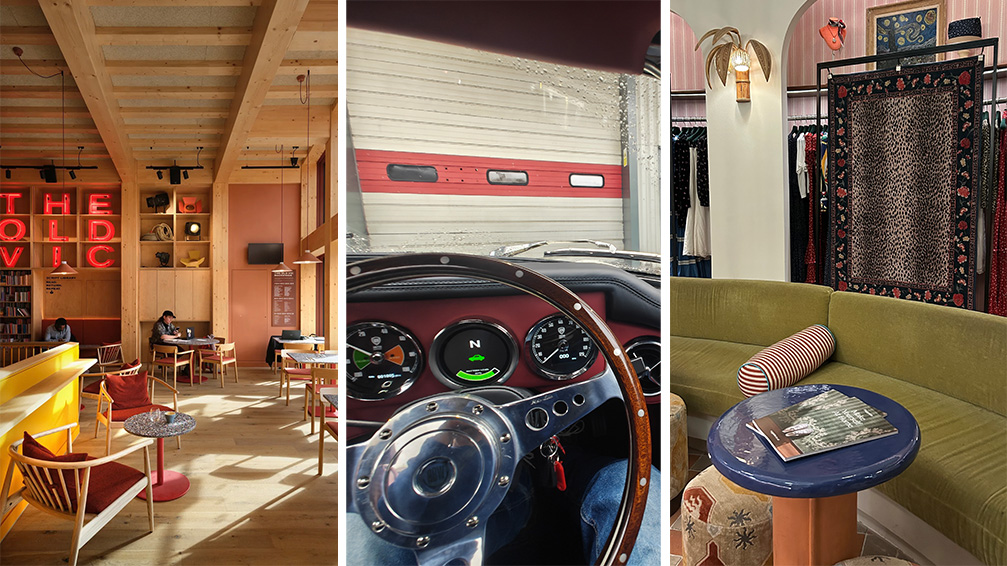 Out of office: The Wallpaper* editors’ picks of the week
Out of office: The Wallpaper* editors’ picks of the weekThe rain is falling, the nights are closing in, and it’s still a bit too early to get excited for Christmas, but this week, the Wallpaper* team brought warmth to the gloom with cosy interiors, good books, and a Hebridean dram
-
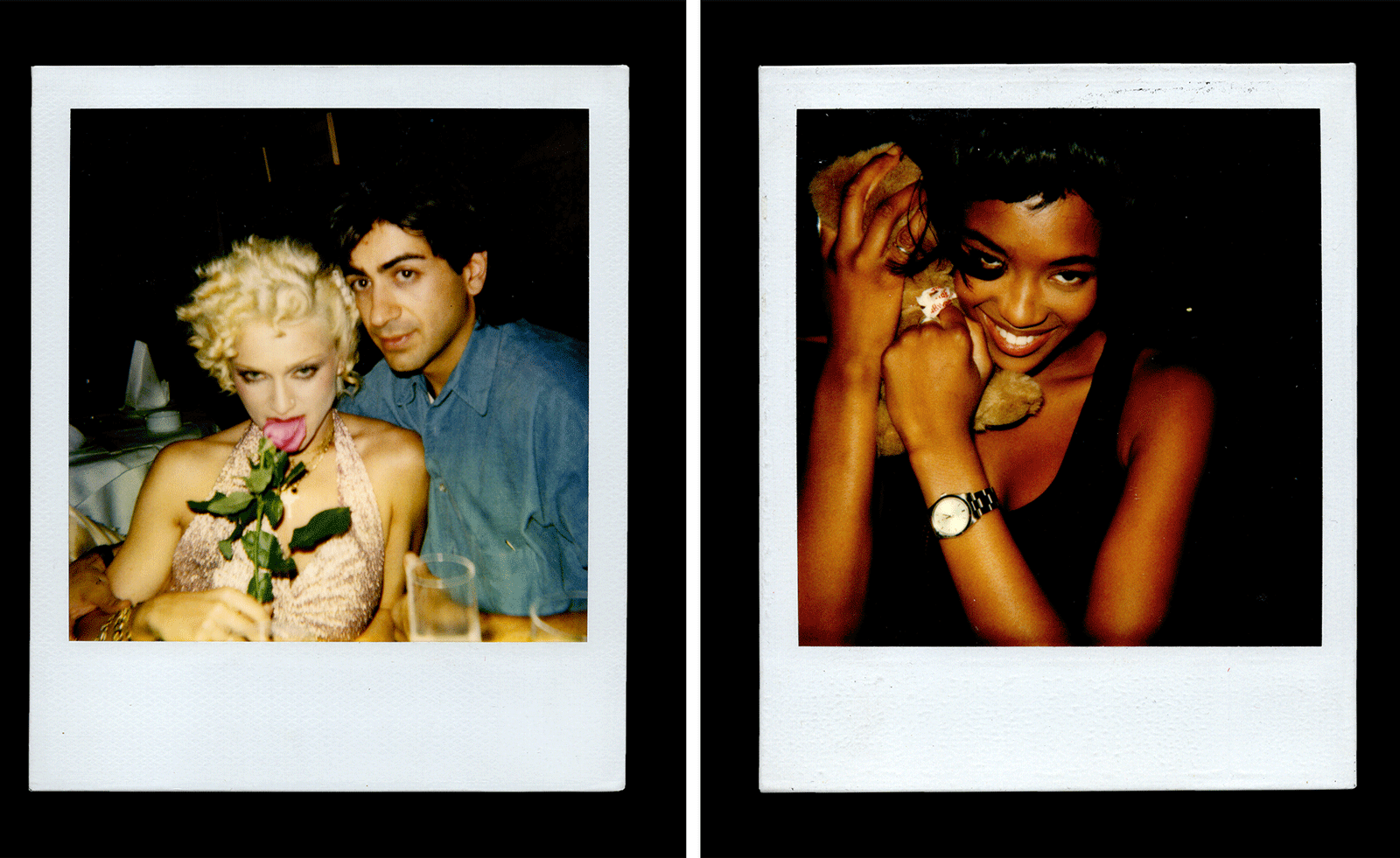 Inside Davé, Polaroids from a little-known Paris hotspot where the A-list played
Inside Davé, Polaroids from a little-known Paris hotspot where the A-list playedChinese restaurant Davé drew in A-list celebrities for three decades. What happened behind closed doors? A new book of Polaroids looks back
-
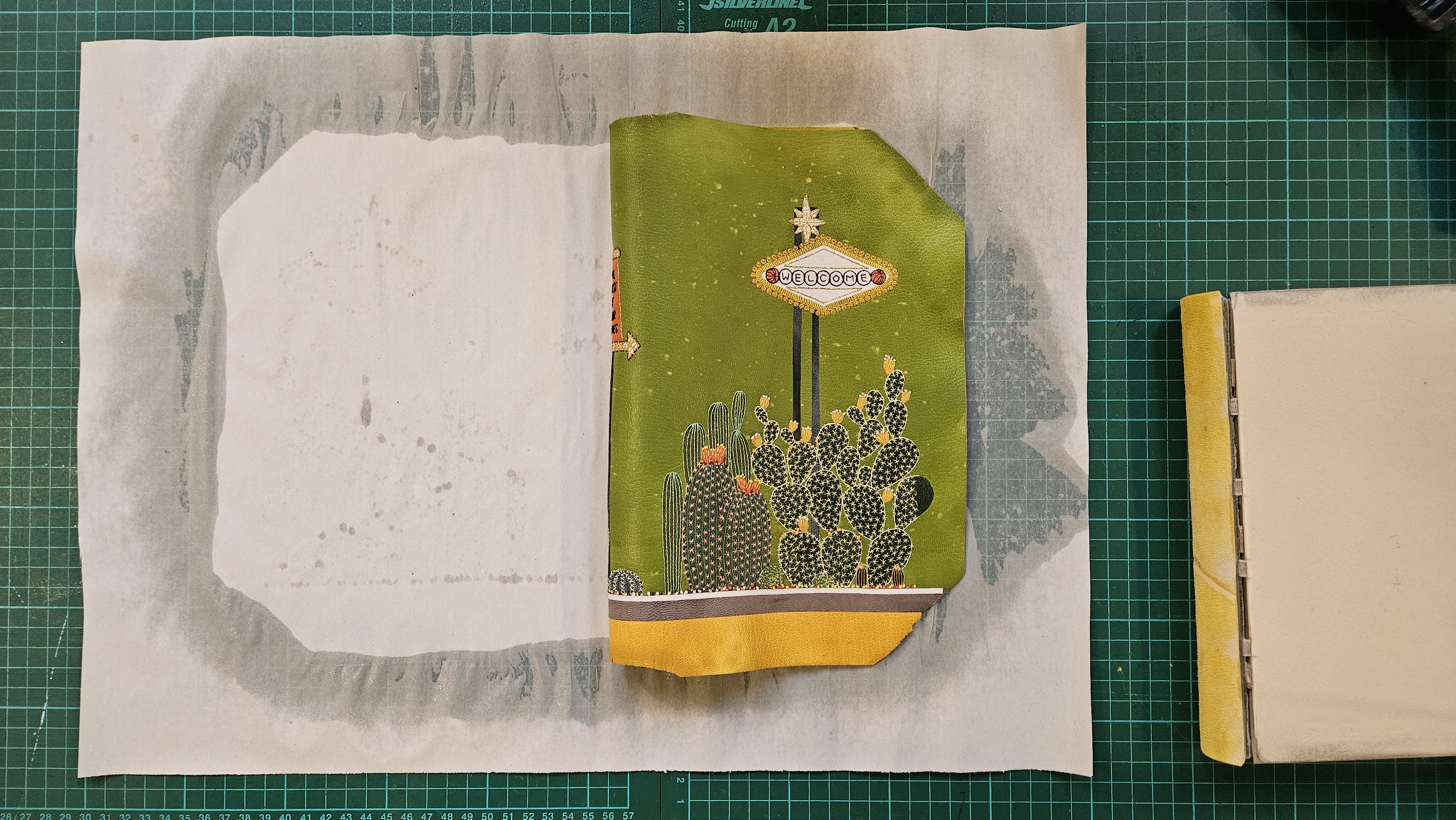 Inside the process of creating the one-of-a-kind book edition gifted to the Booker Prize shortlisted authors
Inside the process of creating the one-of-a-kind book edition gifted to the Booker Prize shortlisted authorsFor over 30 years each work on the Booker Prize shortlist are assigned an artisan bookbinder to produce a one-off edition for the author. We meet one of the artists behind this year’s creations
-
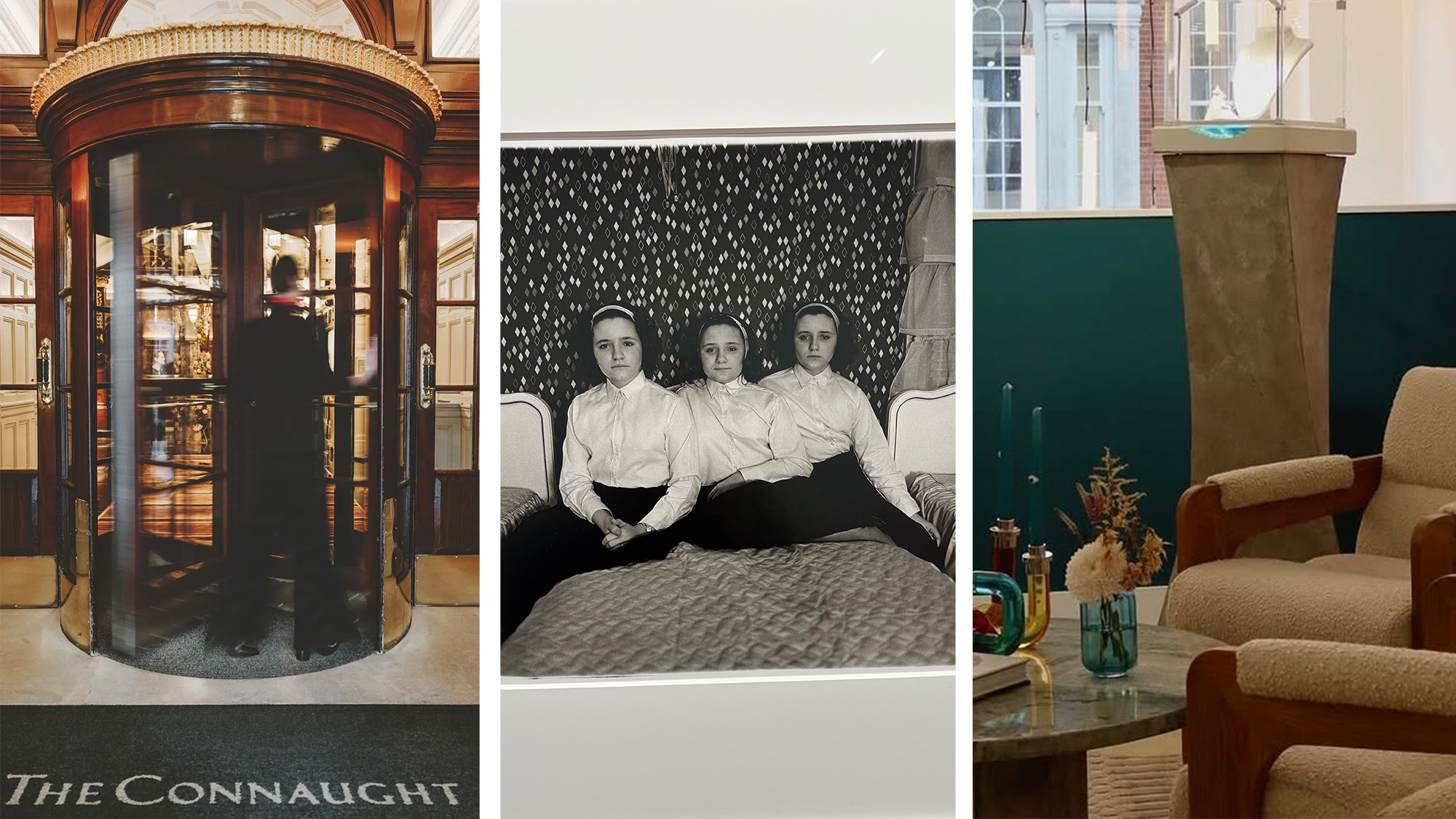 Out of office: The Wallpaper* editors’ picks of the week
Out of office: The Wallpaper* editors’ picks of the weekThis week, the Wallpaper* editors curated a diverse mix of experiences, from meeting diamond entrepreneurs and exploring perfume exhibitions to indulging in the the spectacle of a Middle Eastern Christmas
-
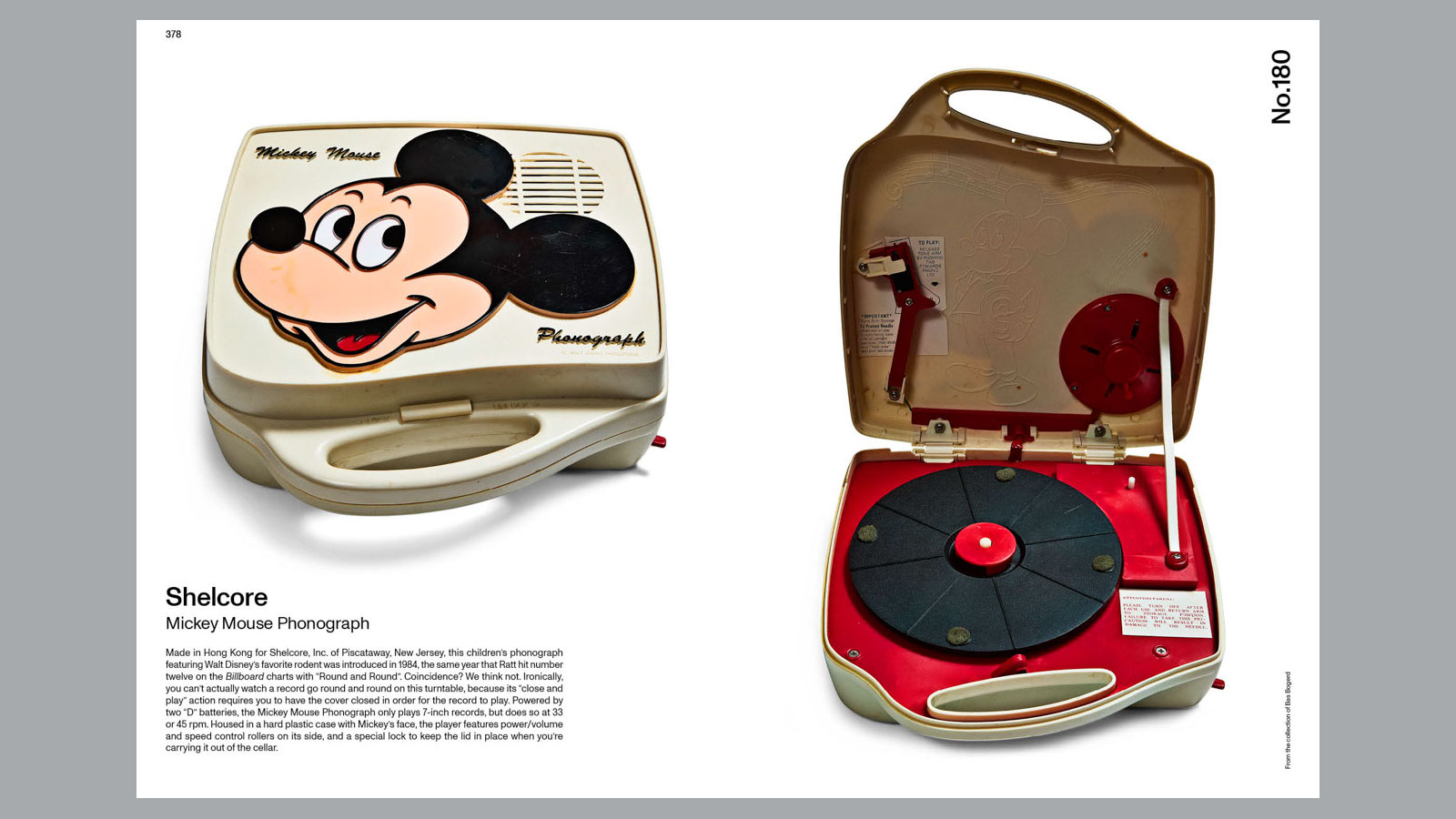 14 of the best new books for music buffs
14 of the best new books for music buffsFrom music-making tech to NME cover stars, portable turntables and the story behind industry legends – new books about the culture and craft of recorded sound
-
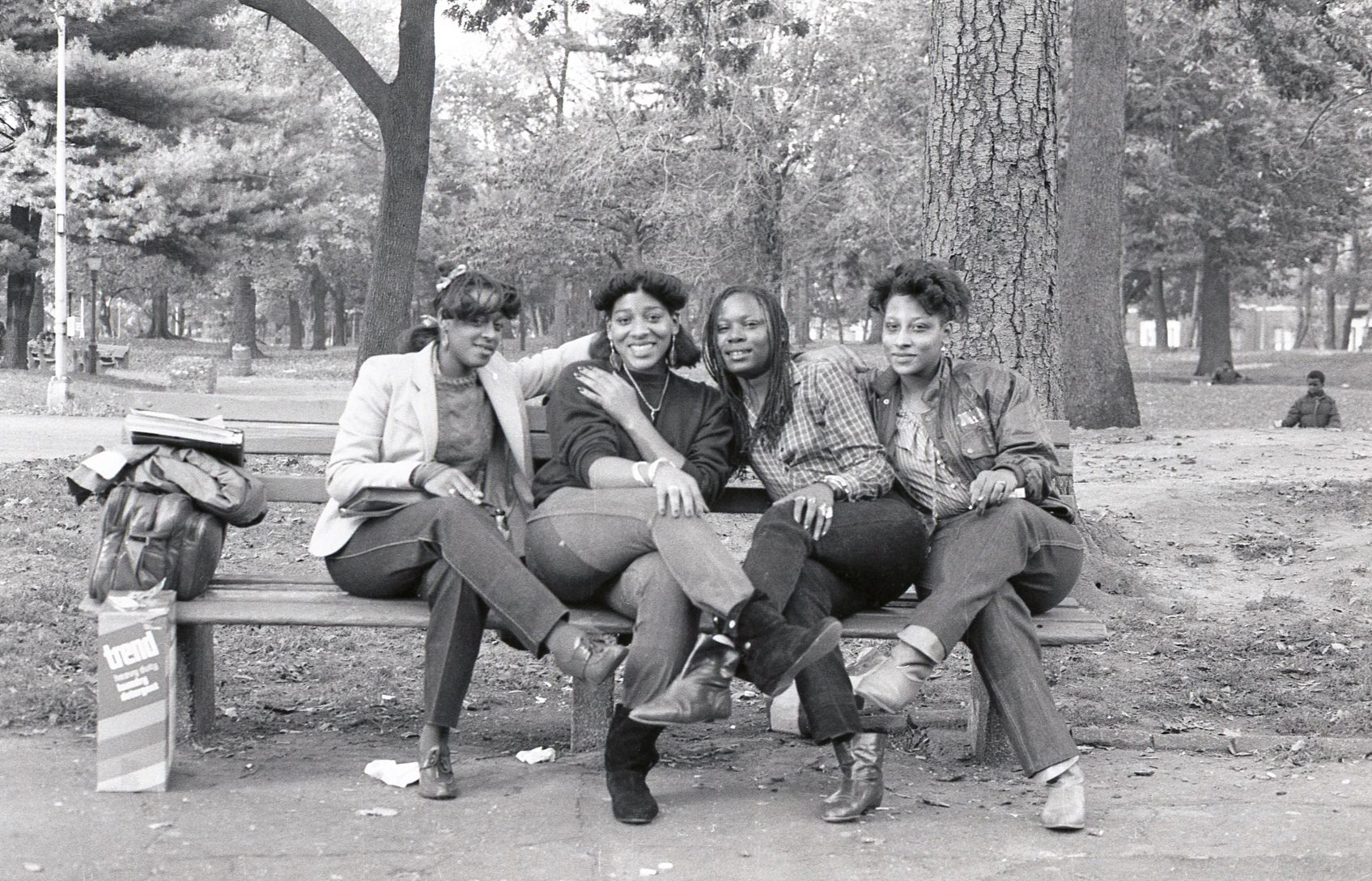 Jamel Shabazz’s photographs are a love letter to Prospect Park
Jamel Shabazz’s photographs are a love letter to Prospect ParkIn a new book, ‘Prospect Park: Photographs of a Brooklyn Oasis, 1980 to 2025’, Jamel Shabazz discovers a warmer side of human nature